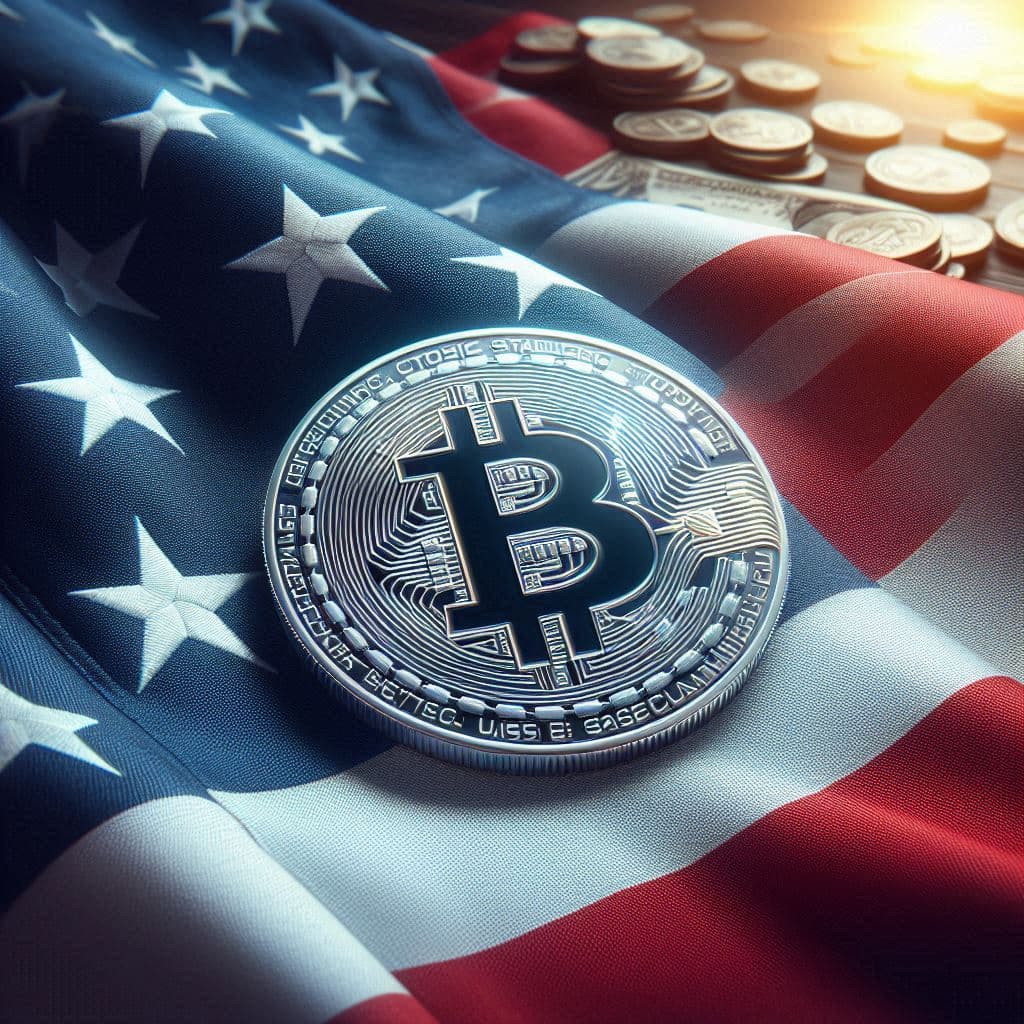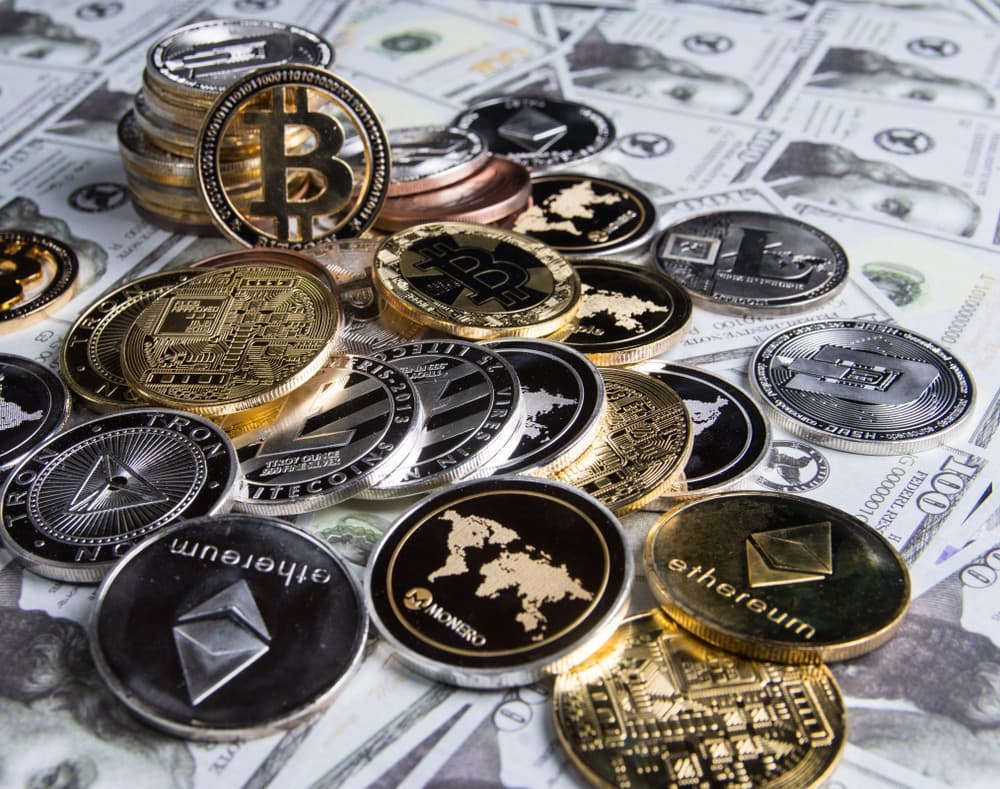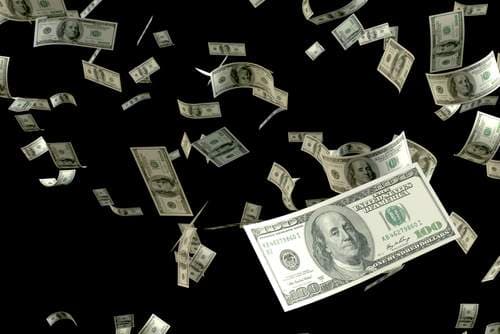
“Let me lay to rest the bugaboo of what is called devaluation… If you are among the overwhelming majority of Americans who buy American-made products in America, your dollar will be worth just as much tomorrow as it is today.”
– Richard M. Nixon, 1974.
(Note: The U.S. dollar has lost 86% of its purchasing power since.)
[Special Reminder: In case you missed our recent announcement, The Essential Investor has merged with legacy contributors to Agora Financial. The new, larger, more inclusive project is called The Grey Swan Investment Fraternity. If you’re interested in the scope and benefits of our new endeavor, please see what prompted us to merge here. If you’ve been a member of The Essential Investor, please keep an eye out for your new benefits.]
June 20, 2024— “You hit all the right notes,” reader John W. writes, “and captured the state of things eloquently and convincingly.”
John’s in finance. He’s referring to Andrew Packer’s analysis of the oft (puzzlingly) daft New York Times columnist Paul Krugman yesterday.
John continues:
Wish I could repost it to my Facebook in hopes of waking up at least one person.
The graphic comparing inflation-adjusted net worth…pow!
Inflation is cumulative YES. I go further and say it compounds! If ‘Compound interest is the eighth wonder of the world’” then clearly compound inflation is one of the worst things ever!
We reprint John’s response because it also highlights a financial conundrum on display this week.
As a “reserve currency,” the dollar is strong. At 105, the US dollar index, a measure of the dollar’s strength against other fiat currencies, is close to year-long highs last reached in May.
The reason is fairly simple. Since the pandemic, one-third of global reserves have poured into the U.S. stock market … chasing, like everyone else … the Nividia-inspired AI boom in tech and related stocks on Wall Street.
In order to get involved in the rally, foreign capital must be converted to dollars.
As a “payment currency” – the one you and I spend for the stuff we need to live our lives and plan for the future – the flood of U.S. dollars from the government’s deficit spending means that each dollar buys us less.
Most normal people call rising prices “inflation.” You don’t have to be a Nobel Prize-winning economist and New York Times opinion columnist to get it. You just have to buy a steak for your barbecue.
It’s a puzzle, right?
Last week, the World Bank asserted, perhaps even correctly, that the U.S. economy is “exceptional,” carrying the rest of the world. For a very good understanding of why, despite the US government’s best efforts, the US economy remains “exceptional” we refer you to the development economist Hernando’s de Soto’s 2003 masterwork, The Mystery of Capital.
Our real concern is that the U.S. stock market is way overweight Microsoft, Apple and Nvidia. And the AI rally… global rally, mind you… is a monetary aberration attributable to massive government deficit spending.
The same New York Times that publishes Mr. Krugman’s bizarre view of the economy also noted this week that, within 10 years, the U.S. deficit will top $56 trillion.
That’s nearly double its current level … and with interest rates at 5%, it could cost $2 trillion annually to finance.
Massive spending out of what many call “thin air” leads to a less valuable dollar. Each dollar buys less stuff, which is “inflation.” Again, more proof later.
In the meantime, here’s how Josh Hirt, senior analyst for Vanguard, explains the dollar’s strength in the financial markets, while the rest of us bitch about higher prices domestically:
There are three primary reasons the U.S. dollar continues to be the reserve currency of choice globally. One is that the U.S. is a traditionally strong sovereign nation, backed by robust, persistent economic growth. Another is the democratic nature of the U.S. government and its institutions. The international community trusts in the stability of our overarching structures and in the property-rights standards that we maintain. Third is a degree of inertia—the difficulty in changing the structure of global finance revolving around the dollar and U.S. capital markets. Competing nations can boast some of these facets, but the U.S. maintains all three advantages.
Regardless of the alternative nature of most of our “Grey Swan” analysis, it pays to keep an eye on what the big mainstream money managers. Vanguard currently has $7.7 trillion under management. A guy like Hirt might be able to move markets.
Meanwhile, we view the U.S. dollar in its proper context. In a world of fiat currencies, it’s the nicest house on the block. You just pay the price for using it.
However, if that block is a skid row — as fiat currencies, which are designed as a political tool to devalue over time, truly are — then it’s better to find another street.
The dollar isn’t about to collapse, as many burnt-out homes in some parts of Baltimore are. Tomorrow, we follow the breadcrumbs with rogue economist Michael Snyder to discover where the alarmist Petrodollar story began this week.
If anything else, the immediate frenzy online regarding the Saudi decisions to join mBridge, sans US dollar payment, is another indication the paint is definitely peeling on the dollar’s veneer. Watching it peel… is akin to watching the fresh coat, well, dry.
So it goes,

Addison Wiggin
Founder, The Wiggin Sessions
>>>>>SPONSORED<<<<<
2024 – The Real Election Year SurpriseIn 2016, the October Election Surprise was Hillary Clinton’s email scandal… In 2020, the October Election Surprise was the suppression of all the dirty material on Hunter Biden’s “forgotten” laptop… Now, in 2024, we’re forecasting an October Election Surprise that almost no one sees coming — and this time it’ll be way more devastating than anything you’ve seen before. Click here to learn about 2024’s real October Election Surprise » It’s not at all what you think. |
P.S.: For context, if you’re wondering how we got here…
We’ve spent two decades running our own business, parsing data and talking to money managers, analysts, financial “gurus”, economists and historians. The result of our work is an alternative view of the financial, economic, and political history of the United States from Demise of the Dollar through Financial Reckoning Day and on to Empire of Debt — all three books are available in their third post-pandemic editions.
(Or… simply pre-order Empire of Debt: We Came, We Saw, We Borrowed, now available at Amazon and Barnes & Noble or if you prefer one of these sites:Bookshop.org; Books-A-Million; or Target.)
Please send your comments, reactions, opprobrium, vitriol and praise to: addison@greyswanfraternity.com




